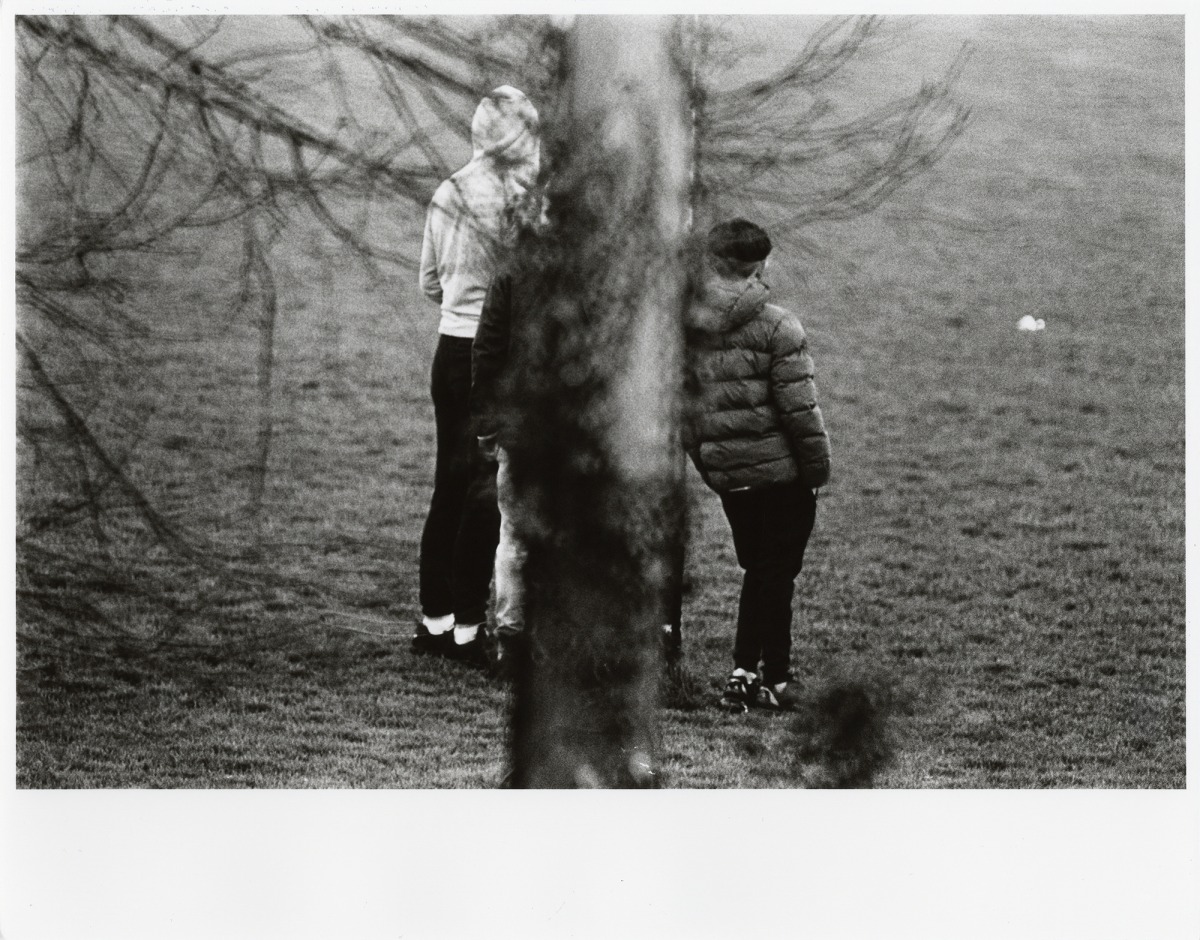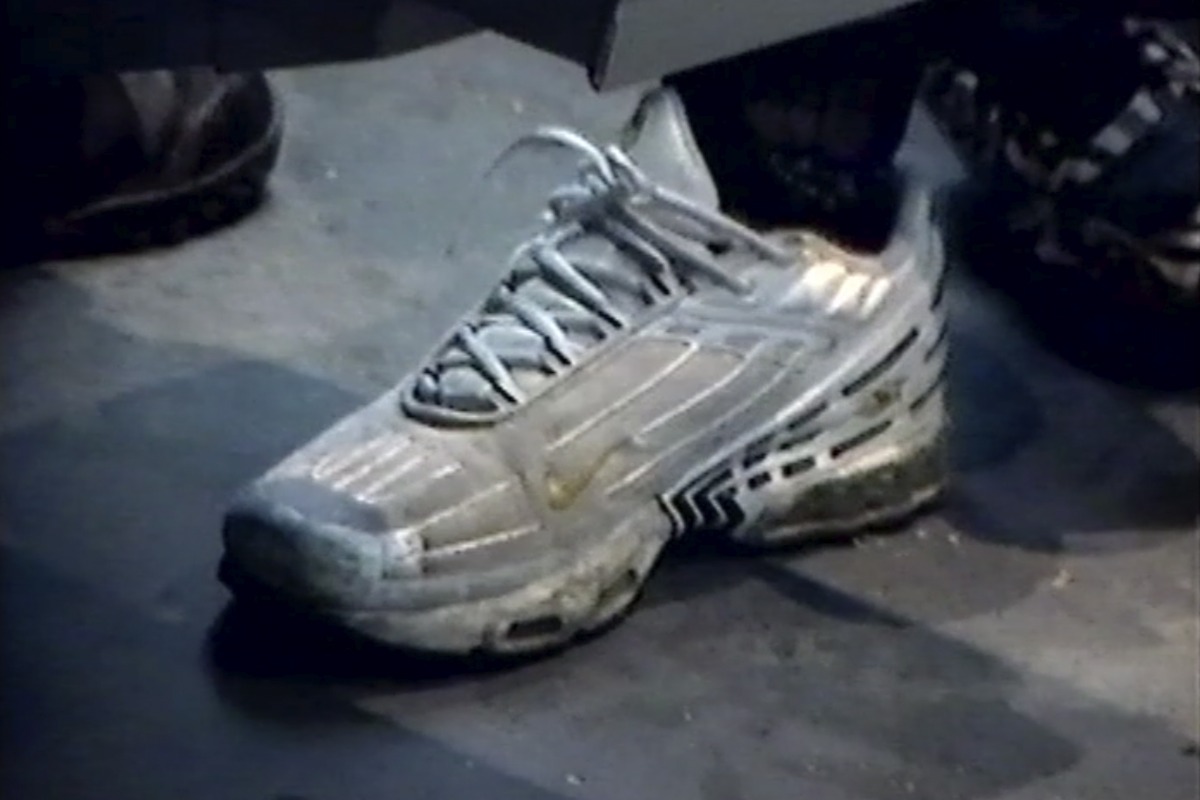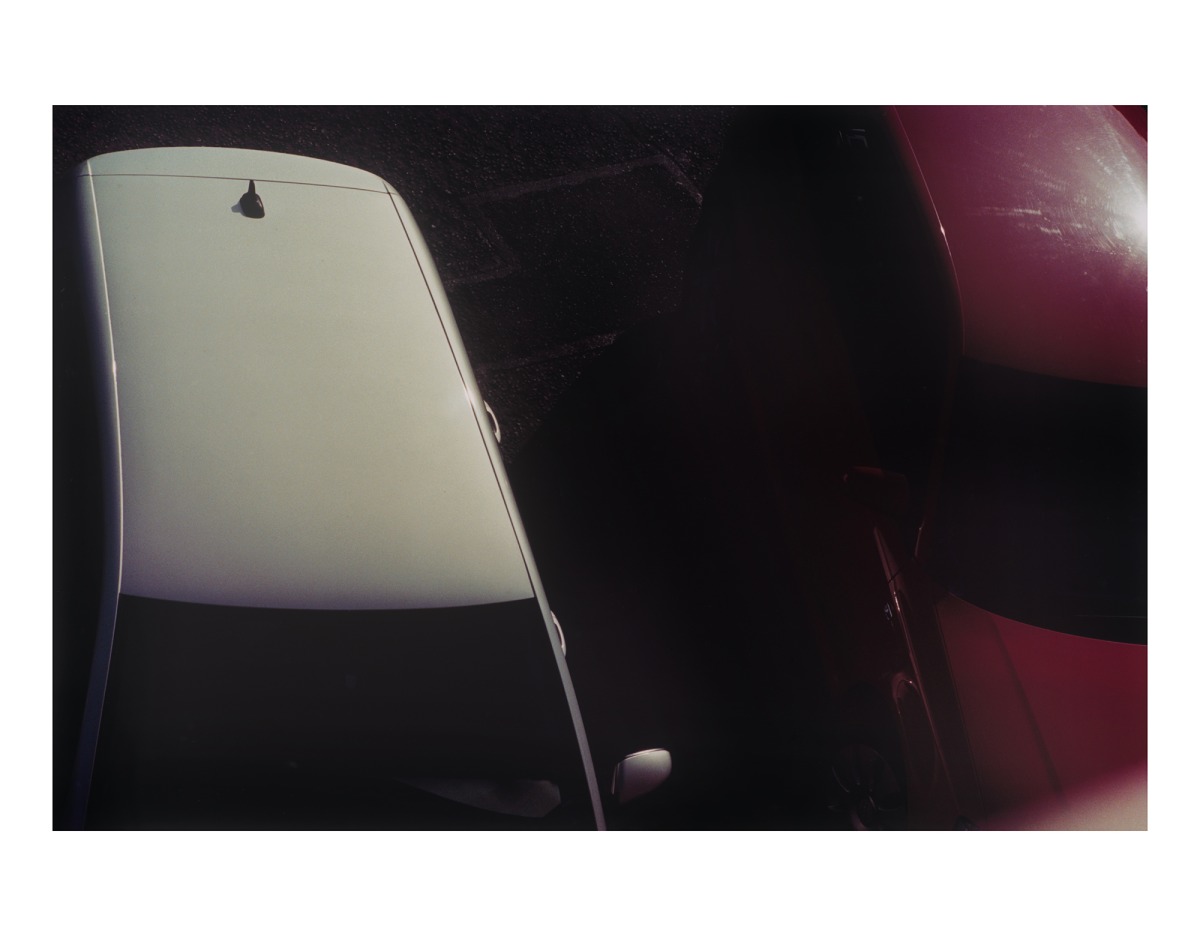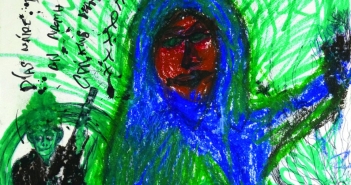My relationship with making art began aged twenty-one as a means to bolster my ego and be cool. I chose photography, mainly because I can’t draw. Also my mum and her brothers were into photography in their twenties, so there were a few nice old cameras around my house when I was growing up.
Maybe the ego thing is an obvious thing to say as there’s always so much ego involved in becoming an artist I think, particularly if you’re not rich. Probably if you are rich too.
Either way, I’m quite suspicious of my reasons for choosing a really hard thing to do that most likely will provide only precarity and emotional insecurity regardless of how good you might be at it. What am I trying to prove?
BIT ROT BULLY SHOT (2022) 9.08 mins single channel h-8/digital video w/ audio by Frank Lohmeyer & Dorje de Burgh.
Having said that, sticking with making pictures has been the source of pretty much all the valuable learning I’ve done outside of various mistakes and some major moral failures in my personal life.
Throughout art school and after my thinking was primarily influenced by the writing of JG Ballard. Mainly his recurring theme of any given personal or social reality existing simply as a stage set that can be swept aside at any moment.
When that actually happened to me I didn’t handle it well. My mum’s death changed everything. We were very close and her dying was the thing I was always most afraid of, so when she was diagnosed as terminal I completely unravelled.
But I did keep making pictures, and Dream the End, the work that formed a few years later from a combination of those pictures and her own, would be the first thing I’ve made that I feel actually had a real resonance with people. It taught me that if you try to tell the truth you have a real chance at communication and connection.

Brain Scan (St Luke’s), archival pigment print, (2017), 820mm x 1000mm – Courtesy of PhotoMuseum Ireland collection.
And as we move further into a mediatized landscape that seems designed to atomise and alienate us from each other, as the death machine rumbles on, any form of human connection seems vital.
I know in some ways I’ll never move past this part of my life, I still carry many grudges and various medium to low level addiction issues that I’m only beginning to deal with, but I’m glad the last thing me and my mum did together was make something.
Soon afterwards I learned that my father had returned from the cult they’d been living with since I was three and now lived as a woman, so inviting her to make a work together seemed like the obvious thing to do, and also a useful way of side-stepping my own fear of meeting after a lifetime apart.
Sadly she’s pretty unwell, suffering with quite severe psychosis susceptibility syndrome, so collaboration or even direct contact wasn’t possible. But as we figured this out I began to make a film imagining what a work about our relationship might look like without her presence.
The Sting of Love, from How to Kill Something That Doesn’t Exist, 7.07 mins single channel hi-8/super 16mm projected onto unprocessed Fuji Crystal Archive c-type paper, text adapted from Rollenspiele: Frauen über Rainer Werner Fassbinder (1992, Thomas Honickel) mit Margit Carstensen, Irm Hermann, Hanna Schygulla und Rosel Zech. Courtesy of The Arts Council of Ireland collection.
Then the pandemic hit and I decided to move on from trying to understand my two families.
Following the summer of 2020 I moved to a small town called Carrick-on-Suir in south Tipperary that was both uncannily familiar and totally alien. The work that resulted from living there was in part an attempt to remove myself from the equation, and confront the world in more purely formal photographic terms.

Untitled, Carrick, silver gelatin hand print, (2021), 250mm x 310mm.
In addition to being an attempt to somehow subvert the representations of the Irish landscape that I was familiar with, Under the Same Sky is about proximity and distance, and alienation from ourselves and each other. It is also very much concerned with my own conception of home — what home means, what constitutes it and what are the conditions of belonging.
The best part of making this work was getting to show it in South Tipperary Arts Centre in Clonmel, the town next to Carrick. Often these kinds of loosely documentary style photographic works are made and then disappear to be shown elsewhere, and are never seen by the people local to the place the work is about. The first comment in the visitor’s book described it as ‘an excellent documentation of misery’.
This line of thought (home not misery) continued as my life became less tethered to a particular place, and during a spell living on a small island off the west coast of Ireland and then mainland Europe I made BIT ROT BULLY SHOT.
Bit rot is naturally occurring digital decay. A bully shot is old slang for a good shot. The film is about de-materialisation and the natural world as a home that we spend less and less time in, forgoing what can be a beautiful reality for some bullshit virtual escape. How close we are to paradise and how much we’re fucking it up.
There’s also an element of petty revenge involved, as I was told that I wasn’t allowed to make work featuring the island I was living on by the artist friend I was then living with.
I’ve always made work in an analogue way. This was a decision born of aesthetic taste but as our world becomes more digital I feel that this mode of working is increasingly the point.
In terms of who ultimately controls memory, meaning and history we are in a dangerous position, and this would suggest that personal histories and counter narratives are more important and hold more radical potential than ever before.
BORING PHOTOGRAPHS, made in collaboration with Chris Dreier of the OJAI, is a playful toe in the water as regards subversion of the de-materialised attention economy. It’s a riso publication of forty photographs accompanied by an essay on collaborative vernacular photography written by A.I..

Convent Wall, silver gelatin hand print, (2023), 127mm x 178mm.
We launched this work and the publication in two pedestrian tunnels in Berlin. This is very much Chris and her OJAI co-director Gary Farrelly’s longstanding m.o., but for me it was a definite light bulb moment.
In light of the current levels of hypocrisy and moral compromise apparent across the art world superstructure in regard to the genocide in Palestine, it feels apparent that we have moved past the moment of institutional critique to one of stark institutional irrelevance.
Steal as much as you can to survive and make the work, but forget career ladders and gatekeeping. Make it DIY.

Still from TIMEFUCKER multi-channel hi-8 video.
TIMEFUCKER, my new film and book about the poetics of dystopia should be finished by summer 2024.
https://www.instagram.com/dum_studio/
Feature Image: the coombe (i), c-type, (2021), 260x340mm




